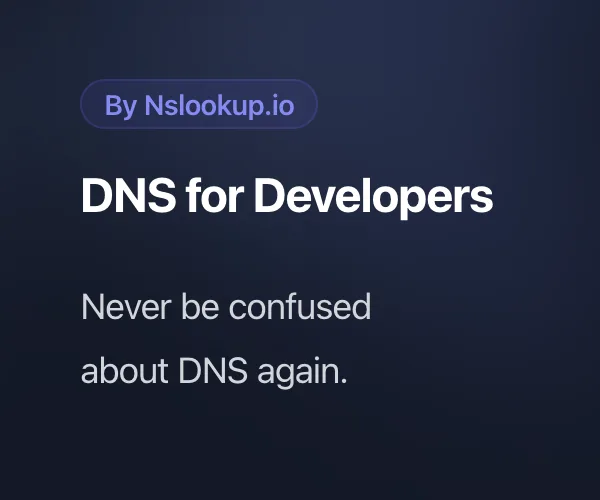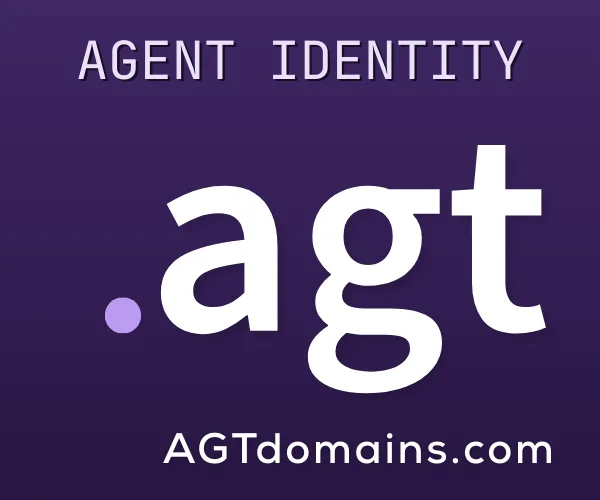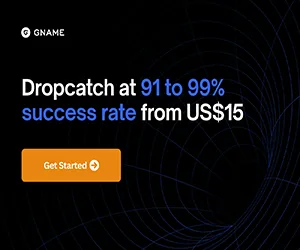In a previous posting I described the domain life cycle and the circumstances under which a domain is officially deleted and returned to general availability. Notice of a domains return to the market is first made available publicly at the beginning of the “Pending Delete” phase which lasts only 5 days. At the end of the 5 days, the list of deleting domains is made available for general registration in a predefined order (at least for COM/NET). The public release of those names is called “The Drop”. This posting is meant to give you a better idea of how the drop works and why it works the way it does.
So the first thing you need to know is when your domain will drop. As mentioned before, your domain will drop at the end of the 5 day Pending Delete period. The drop catchers (the companies, like Pool.com, that provide a service to catch dropping domains) generally make the drop list available to their customers for free. But it is a big list! As many as 60,000+ domains might become available on any one particular day. And certainly, one man’s trash is another man’s treasure. You need to get the daily lists (Pool allows you to download the full list on this page: http://www.pool.com/addBackorders.aspx) and then apply your own intelligence to the data. You can narrow down when your domain will be dropping by simply watching it go through the domain life cycle. As soon as you see it is in Pending Delete, it should be on that list with the exact data it will be available.
Some companies will off you free keyword alerts services or domain alerts to help you find your gems. Let’s say for example, you are interested in domains that have something to do with “winter” (Hey, I’m Canadian, winter is near and dear to my heart!). The alert services would tell you that the following domains will become available on the dates shown (this is but a small sampling of 49 domains currently in the Drop list with the string “winter” in it)…
2010winterolympicticket.com,10/5/2010 1st4wintersports.com,10/5/2010 winterhairhelp.com,10/5/2010 winterhill-antiques.com,10/5/201 piecewinter.com,10/5/2010 mysticalwinterwedding.com,10/6/2010 snowbirdcoastalwinterrentals.com,10/7/2010 winterbeachrentalsonline.com,10/7/2010
Or maybe you are only interested in 3 character .COMs? Well, there is 1 dropping on Oct 5, namely 82s.com. With 776 4-letter .COMs dropping as well, clearly there are a lot to look at. With a little bit of coding expertise and some good Excel skills you can build your own tools to find the gems that relate to your interests, but don’t hesitate to use the alerts and keyword tools offered by the Drop Catchers as well.
You might be asking the question “If I know when it will become available, why don’t I just go and register it myself through my registrar?” That’s a good question and in some cases, you might be able to do just that. But most of the time, it’s likely that the name you want is also a name desired by someone else and thus the battle of acquisition ensues. The names become available in order starting at 2:00PM EST. The speed at which they become available varies because of the way the registry has to “delete” the name from their databases.
For example, a name with a long history and lots of changes recorded at the registry will have a significant database trail behind it. When the electronic processes start the cleanup before releasing the name for general registration, some names will take longer than others because there will be more to clean up. All of this is transparent to you as the user but explains why the drop speed varies from 5-15 domains a second. Figuring out when a specific domain will drop among all the domains dropping is a bit of an art and is something the Drop Catchers refine every single day. You might try to figure it out yourself but trust me you would likely be just as successful using a random guess, and that would not be very successful.
There’s one other aspect of acquiring names in the drop that make it very difficult for the average domain consumer. To connect to the drop, which is called the “Batch Pool” in COM/NET, you have to be a COM/NET accredited Registrar. If you are, then you can stand in line at the electronic counter waiting for your chance to register a domain and hope that when your turn comes up you’ll know if your domain has dropped already and is still available. You get one chance to ask for a domain and if it’s not available (you are either too early or too late), you have to wait for your next turn.
What makes it so improbable that you as a single Registrar will be successful is that there are about 800 COM/NET accredited Registrars, each of whom could be standing in line trying to get the same name that you’re trying to get. The odds are stacked against you.
Enter the Drop Catchers. They have strategic relationships with multiple Registrars who agree to allow them to use their connections during the Drop to acquire names. So, now instead of having 1 person standing in the electronic queue, the Drop Catchers have hundreds. And they have sophisticated electronic engines that pound away at the Registry trying to get the domains their customers want.
Ultimately, the way you will be most successful at acquiring a name in the drop will be to let the Drop Catcher’s get them for you. Most allow you to place a backorder for free and will only charge you if they are successful at catching the name (and they are not always successful, after all they are competing with each other as well). And most will award the name to you for a fixed fee if it turns out you are the only one who was interested in the name and placed a backorder. If more than one person placed a backorder, the name usually goes to auction with an opening bid the same as the fixed price fee. So, by placing a backorder you really have no risk other than the standard acquisition fee which admittedly is higher than the market going rate for a registration. But if the domain ends up in auction, you have no obligation to bid. An important note, these auctions are generally closed which means if you did not place a backorder, you will not even be allowed to participate in the auction. If you don’t place a backorder anywhere and hope that the name will simply still be available after the drop is over then you risk the possibility that someone else wants the same name and have placed a backorder somewhere in which case you’ll need to wait another year (or at least until the name drops again).
I would encourage you to place a backorder with any and all Drop Catchers that offer free backorder services. The odds that one of them will likely get your domain are pretty high. Yes, it makes it a little more difficult to manage your portfolio because your names will be registered at different registrars. You can always transfer and consolidate your names at a single registrar after the 60-day hold is complete (which applied to all new registrations and/or transfers) although that will add an additional year to your registration and will cost you a bit extra.
And if other people have also backordered the name you want, well, at least you will be included in the resulting auction in which case you will have a few days to decide the real value of your name and develop your bidding strategy. Our next posting will briefly look at proxy bids and some of the techniques you might find useful in the auction process.




